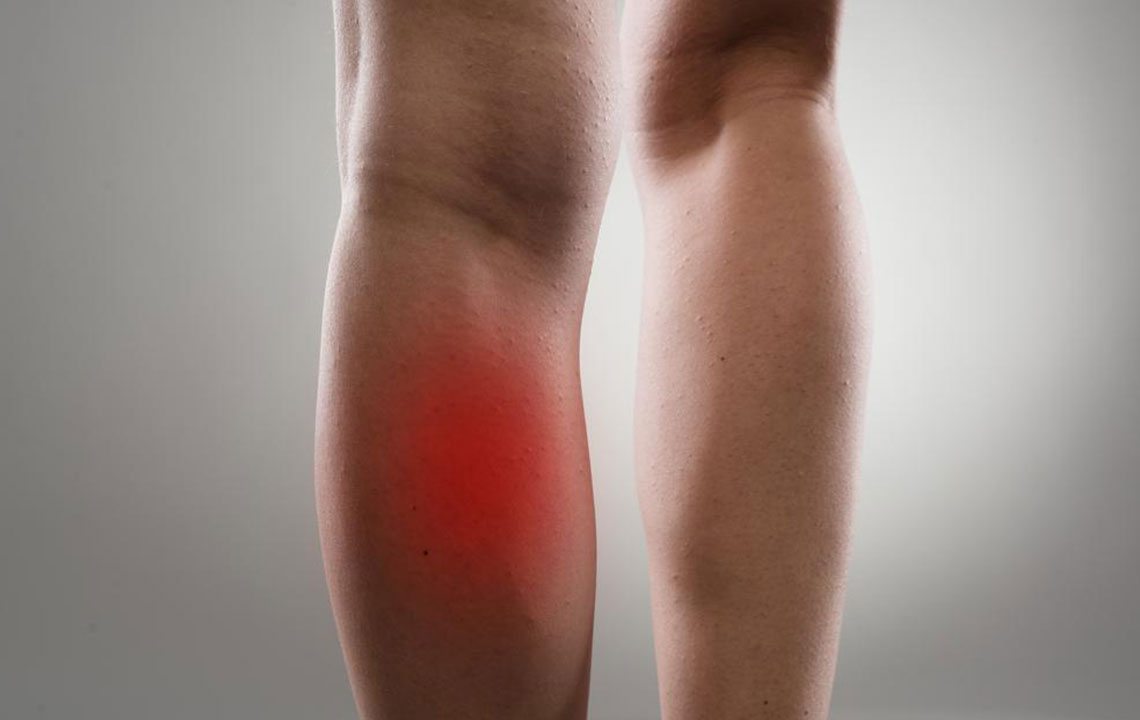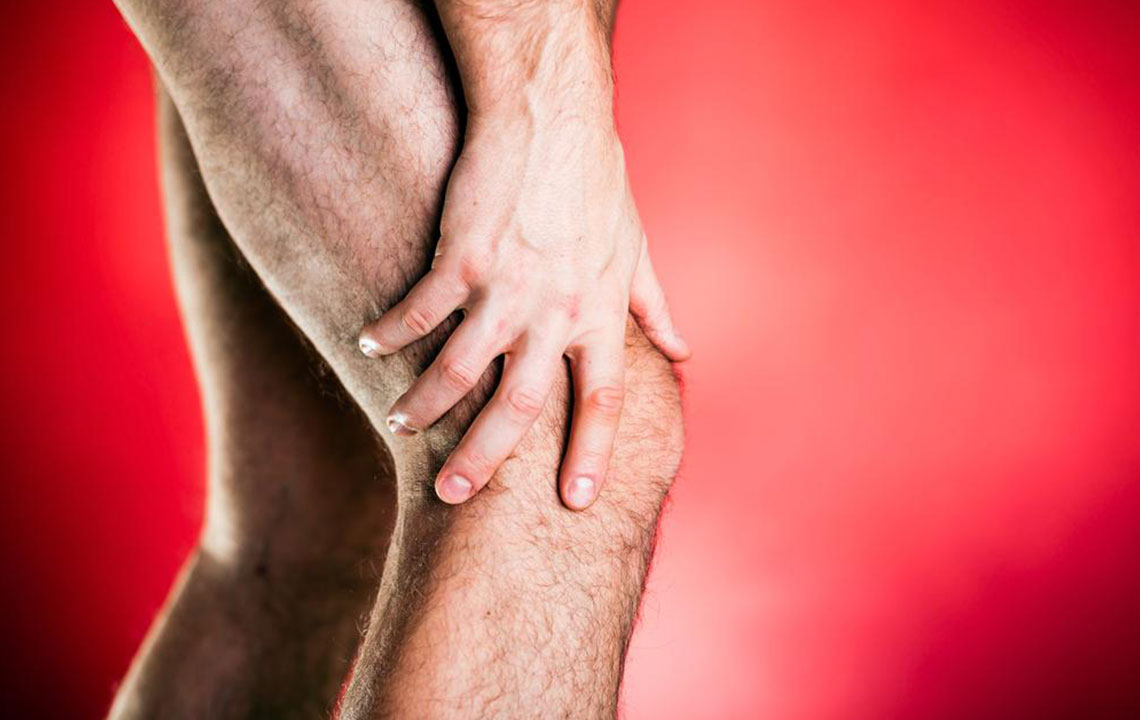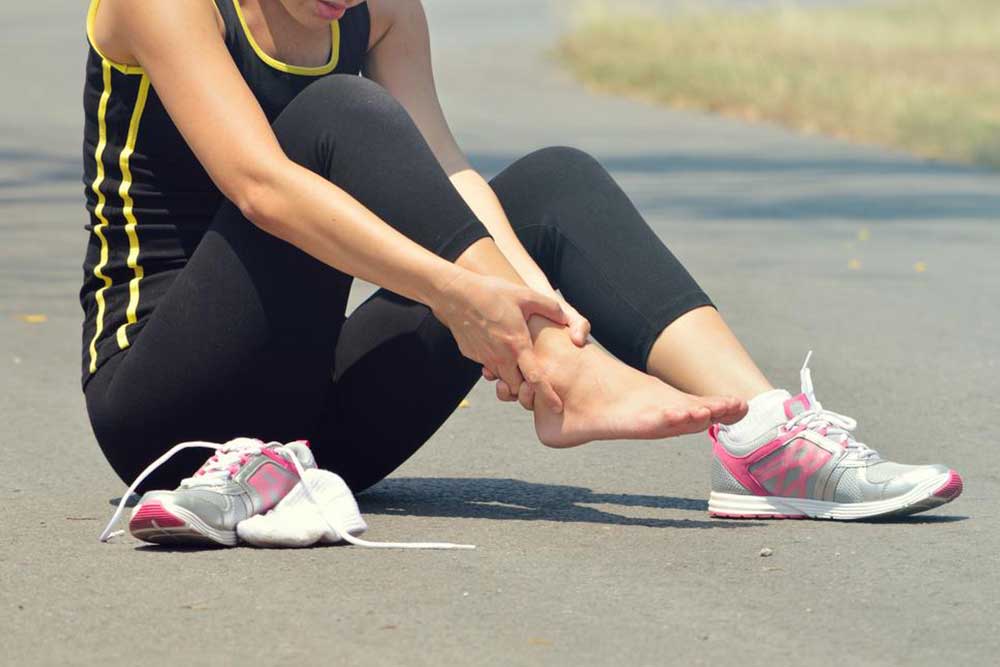Comprehensive Guide to Managing and Preventing Leg Muscle Pain
Learn about common causes, symptoms, and prevention strategies for leg muscle pain. Discover when to seek medical care and effective home remedies to manage discomfort. Maintain healthy habits to reduce risk and promote leg muscle health.

Understanding and Addressing Leg Muscle Discomfort
Experiencing discomfort or pain in your leg muscles can be concerning. Such pain might originate from issues involving joints, bones, muscles, nerves, blood vessels, ligaments, tendons, or skin. You could feel pain in areas like the ankle, behind the knee, foot, thigh, or the back of the leg, either during rest, exercise, or daily activities. These symptoms may affect one or both legs, depending on the underlying cause.
Typically, leg muscle pain arises from inflammation due to injuries or medical conditions.
Since the leg includes various tissues and structures, multiple injuries and health issues can lead to discomfort.
When should you see a healthcare professional about leg muscle pain?
Muscle cramps: These sudden, painful contractions can be triggered by dehydration, overexertion, poor circulation, prolonged sitting or standing, or insufficient stretching. Intense cramps often lead to significant discomfort.
Swelling in the legs: Injury or fractures can cause swelling and pain in the affected area.
Pain during walking: Overstretching tissues may cause difficulty walking due to muscle pain.
Persistent tingling: While sometimes harmless, tingling can indicate nerve damage and warrants medical attention.
Pinched nerves: Nerve compression in the leg can cause ongoing pain.
Varicose veins: Circulatory issues like blood clots or enlarged veins can cause discomfort and leg pain.
Unrelenting pain: Continuous or worsening pain over days suggests a serious underlying issue needing diagnosis.
Pale, cool skin: Changes in skin color and temperature may signal circulatory problems requiring prompt evaluation.
Tips to prevent leg discomfort
Take breaks to walk after long periods of travel—by train, plane, or car—to reduce the risk of deep vein thrombosis.
Maintain a healthy weight to lessen strain on joints and muscles, reducing the likelihood of pain and associated conditions like arthritis.
Use supportive footwear and assistive devices like canes if prone to falls. Conduct home safety assessments to avoid injuries from slippery or uneven surfaces.
Limit alcohol intake, as excessive drinking increases fall risk and injury.
Manage blood pressure and cholesterol levels to promote healthy circulation.
Incorporate potassium-rich foods such as bananas and lean proteins like chicken into your diet to support muscle health.
Follow a consistent exercise routine, including stretching before and after workouts, to strengthen muscles and prevent injuries.
If leg pain persists, worsens, or is accompanied by other symptoms, consult a healthcare professional for accurate diagnosis and treatment. For minor causes like overexertion, home remedies such as icing, pain relievers, and gentle stretching can provide relief.










